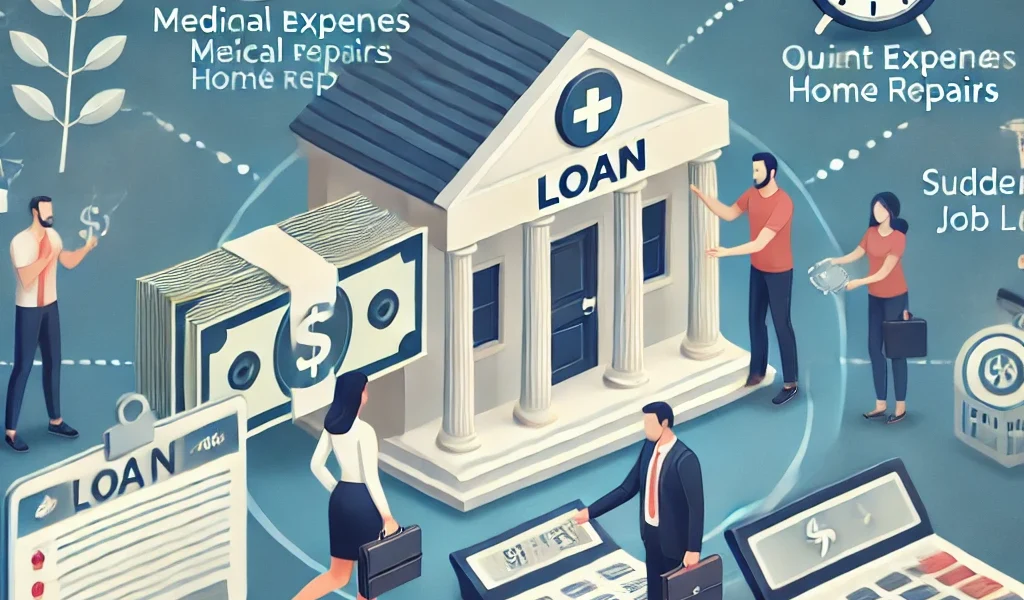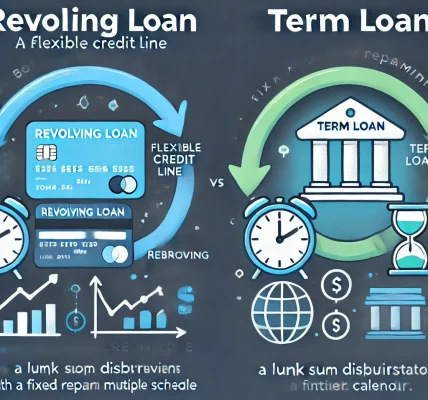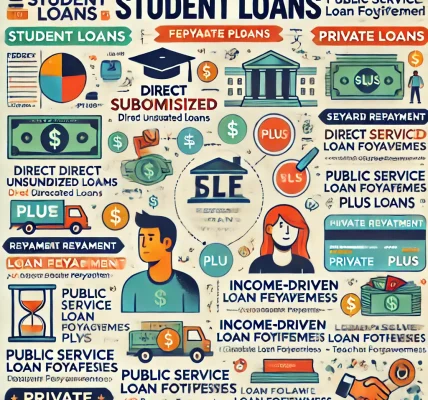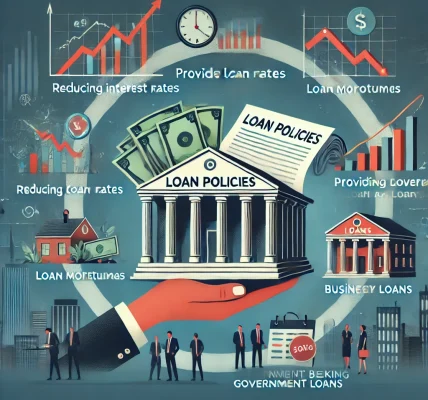Introduction
Financial emergencies can arise unexpectedly due to medical expenses, job loss, urgent home repairs, or other unforeseen situations. In such cases, emergency loans provide immediate financial relief. Understanding emergency loan policies can help borrowers secure funds quickly without falling into financial traps.
This article will explore emergency loan policies, eligibility criteria, application procedures, and tips for obtaining quick financial assistance while avoiding legal and financial risks.
1. What Are Emergency Loans?
Emergency loans are short-term financial solutions designed to help individuals manage urgent expenses. These loans typically have quick approval processes, making them ideal for immediate financial needs.
Common Types of Emergency Loans:
- Personal Loans: Unsecured loans offered by banks and financial institutions.
- Payday Loans: Small, short-term loans with high interest rates.
- Credit Card Cash Advances: Borrowing against the available credit limit.
- Government Assistance Loans: Special loans provided by governments during crises.
- Employer Salary Advances: Some employers offer early access to wages.
- Pawnshop Loans: Borrowing money by using valuable items as collateral.
2. Eligibility Criteria for Emergency Loans
Eligibility for emergency loans depends on factors such as credit score, income stability, and repayment capacity.
General Eligibility Requirements:
- Age: 18 years or older (varies by lender)
- Steady source of income (salary, business, or pension)
- Minimum credit score requirement (varies for unsecured loans)
- Valid identification documents (passport, driver’s license, etc.)
- Bank account for loan disbursal
3. Application Process for Emergency Loans
Most emergency loans have a fast-tracked approval process to ensure quick disbursal. Below is a step-by-step guide to applying for an emergency loan:
Step 1: Research and Compare Lenders
- Identify banks, NBFCs (Non-Banking Financial Companies), or online lenders offering emergency loans.
- Compare interest rates, loan terms, and repayment policies.
Step 2: Check Eligibility and Required Documents
- Ensure you meet the lender’s eligibility criteria.
- Gather necessary documents (ID proof, income proof, bank statements, etc.).
Step 3: Apply Online or Offline
- Many lenders offer online applications with instant approvals.
- Offline applications require visiting a branch with necessary documents.
Step 4: Loan Approval and Disbursal
- If approved, the loan amount is usually credited to your bank account within 24 to 48 hours.
- Some lenders offer same-day disbursal for pre-approved customers.
4. Factors That Affect Emergency Loan Approval
Several factors influence how quickly an emergency loan is approved and disbursed.
a) Credit Score
- A high credit score (above 700) increases approval chances and ensures lower interest rates.
- Borrowers with poor credit scores may face higher interest rates or loan rejection.
b) Income Stability
- A steady income from employment or business ensures lenders of repayment ability.
- Self-employed individuals may need to provide additional financial statements.
c) Loan Amount Requested
- Smaller loan amounts are easier to approve quickly.
- Higher loan amounts require thorough verification and longer processing times.
d) Existing Debt Obligations
- High debt-to-income ratio can lead to rejection or higher interest rates.
- Clearing outstanding debts before applying can improve approval chances.
5. Interest Rates and Repayment Policies
Emergency loans typically have higher interest rates due to their short-term nature and quick approval process.
Typical Interest Rates:
- Personal Loans: 10% – 24% per annum
- Payday Loans: 200% – 400% (APR-based)
- Credit Card Cash Advances: 24% – 36% per annum
Repayment Options:
- Monthly EMI payments (for personal loans)
- Lump sum repayment (for payday loans and salary advances)
- Auto-deduct from salary (for employer loans)
- Partial payments (for credit card advances)
6. Risks and Precautions While Taking Emergency Loans
While emergency loans provide quick financial assistance, borrowers should be cautious to avoid falling into debt traps.
a) Beware of High-Interest Rates
- Payday loans and cash advances have extremely high-interest rates.
- Opt for personal loans with lower interest rates if possible.
b) Avoid Predatory Lenders
- Some online lenders charge hidden fees and penalties.
- Check for proper licensing and read customer reviews before applying.
c) Understand Loan Terms and Conditions
- Read all clauses regarding late payment penalties and foreclosure charges.
- Ensure no hidden fees are attached to the loan.
d) Borrow Only What You Need
- Taking a larger loan than necessary increases financial burden.
- Borrow the exact amount needed to cover the emergency.
7. Government and Non-Profit Assistance Programs
Many governments and non-profit organizations offer emergency financial assistance to individuals in crisis.
Examples:
- Government-backed low-interest loans for disaster relief.
- Employer-backed salary advances or no-interest loans.
- Community-based financial aid programs.
8. Alternatives to Emergency Loans
If you want to avoid high-interest emergency loans, consider alternative financial solutions:
- Building an Emergency Fund: Saving at least three to six months’ expenses for emergencies.
- Borrowing from Family or Friends: Can be interest-free but should be repaid responsibly.
- Negotiating with Creditors: Some lenders allow deferment or restructuring of existing loans.
- Using a Line of Credit: If you have a credit line, withdrawing from it may be cheaper than a payday loan.
Conclusion
Emergency loan policies are designed to provide quick financial relief during urgent situations. However, it is crucial to understand the terms, interest rates, and repayment obligations before borrowing. By researching lenders, evaluating alternative options, and borrowing responsibly, individuals can navigate financial emergencies effectively without falling into debt traps.




